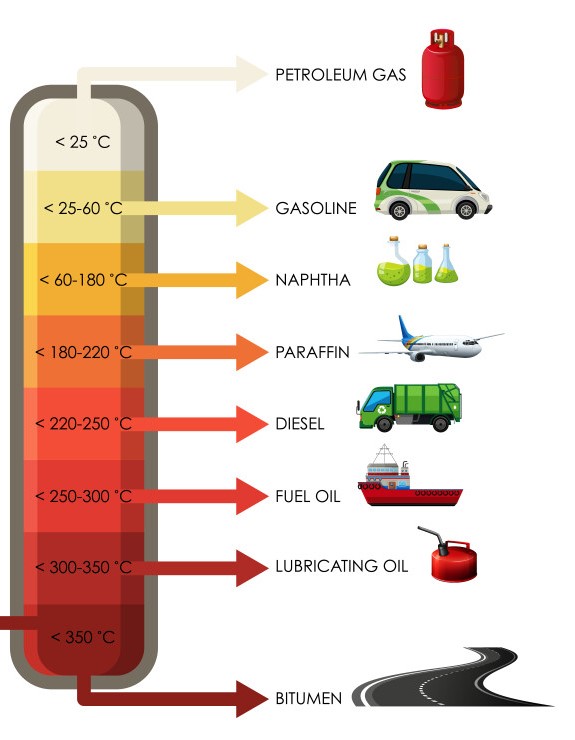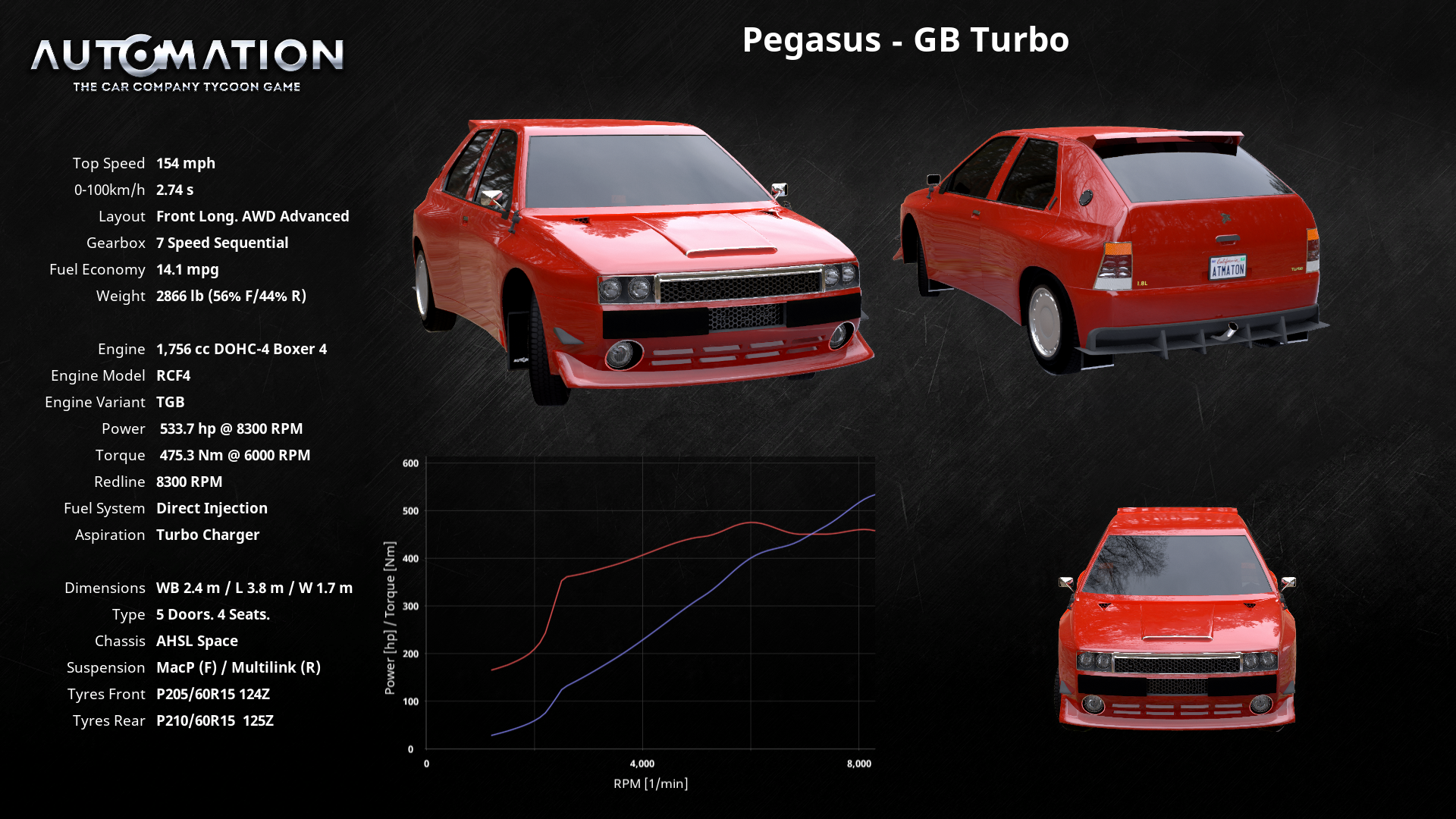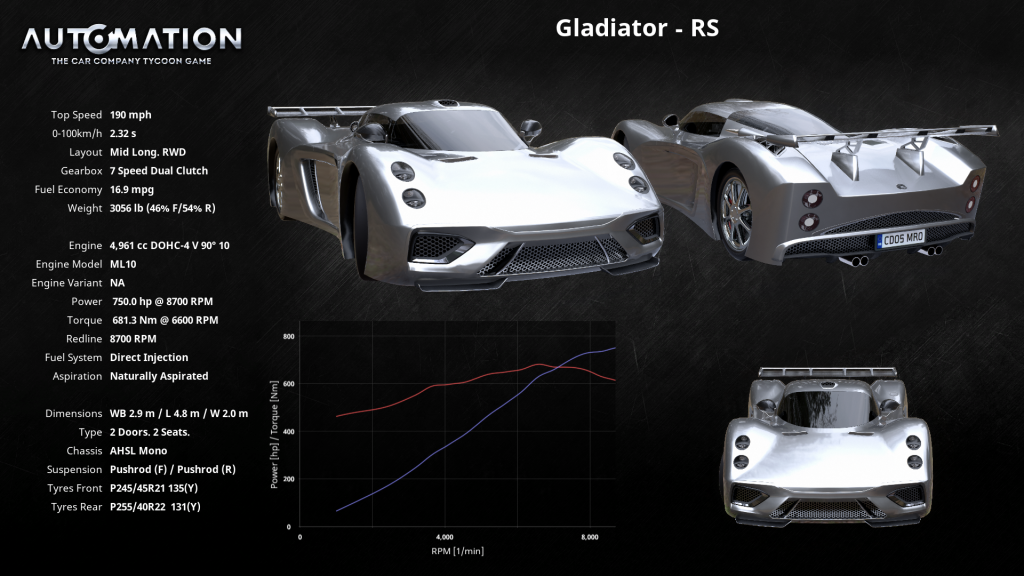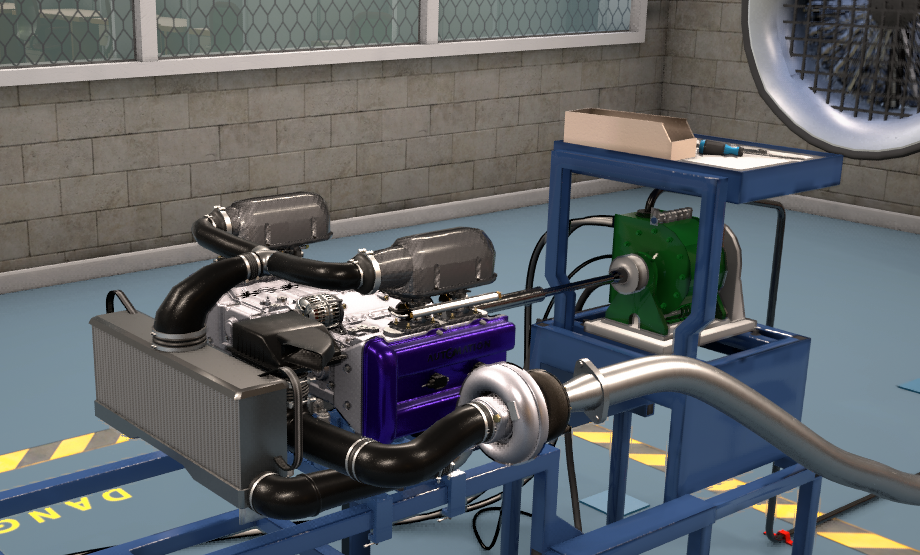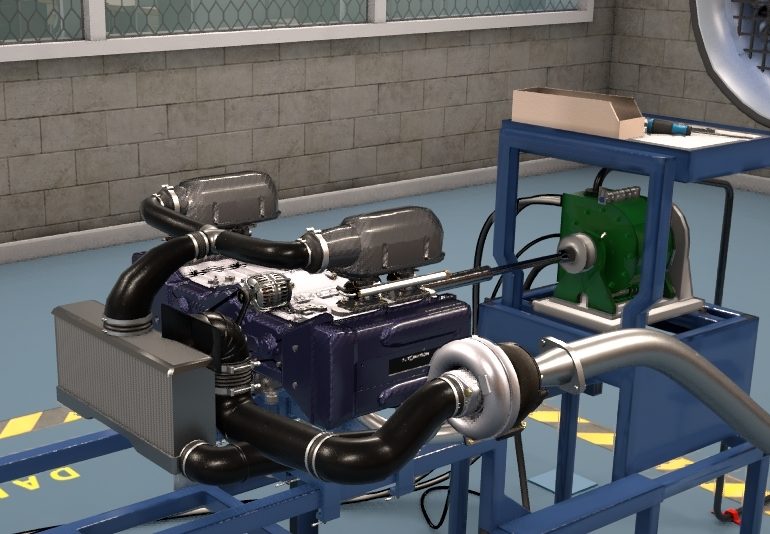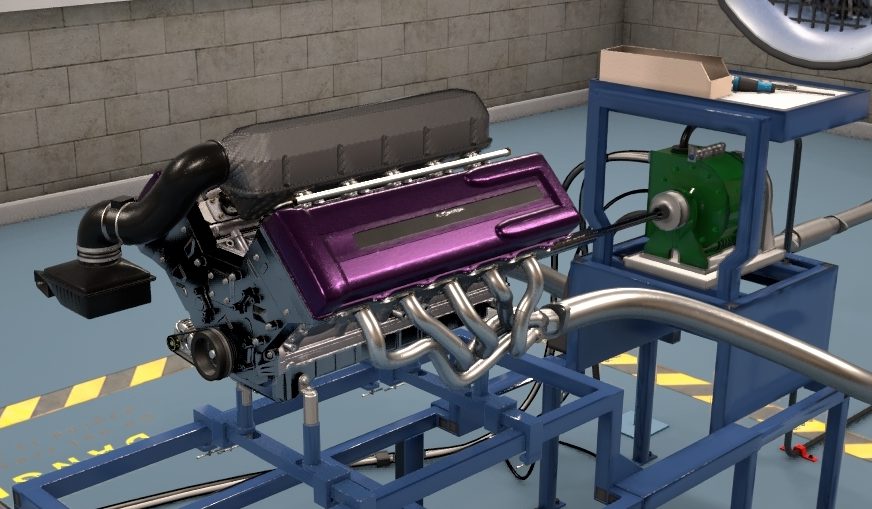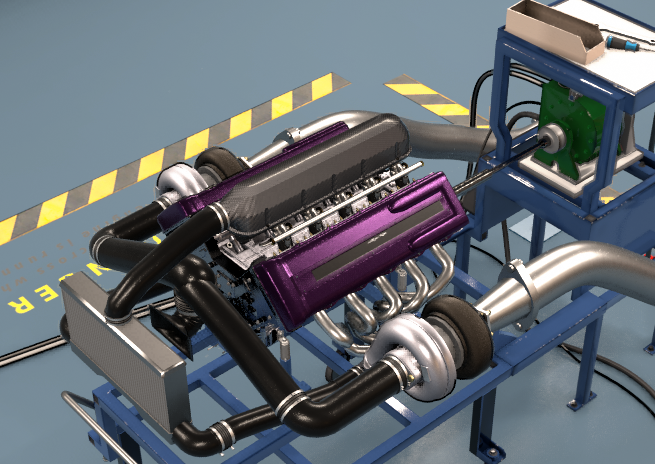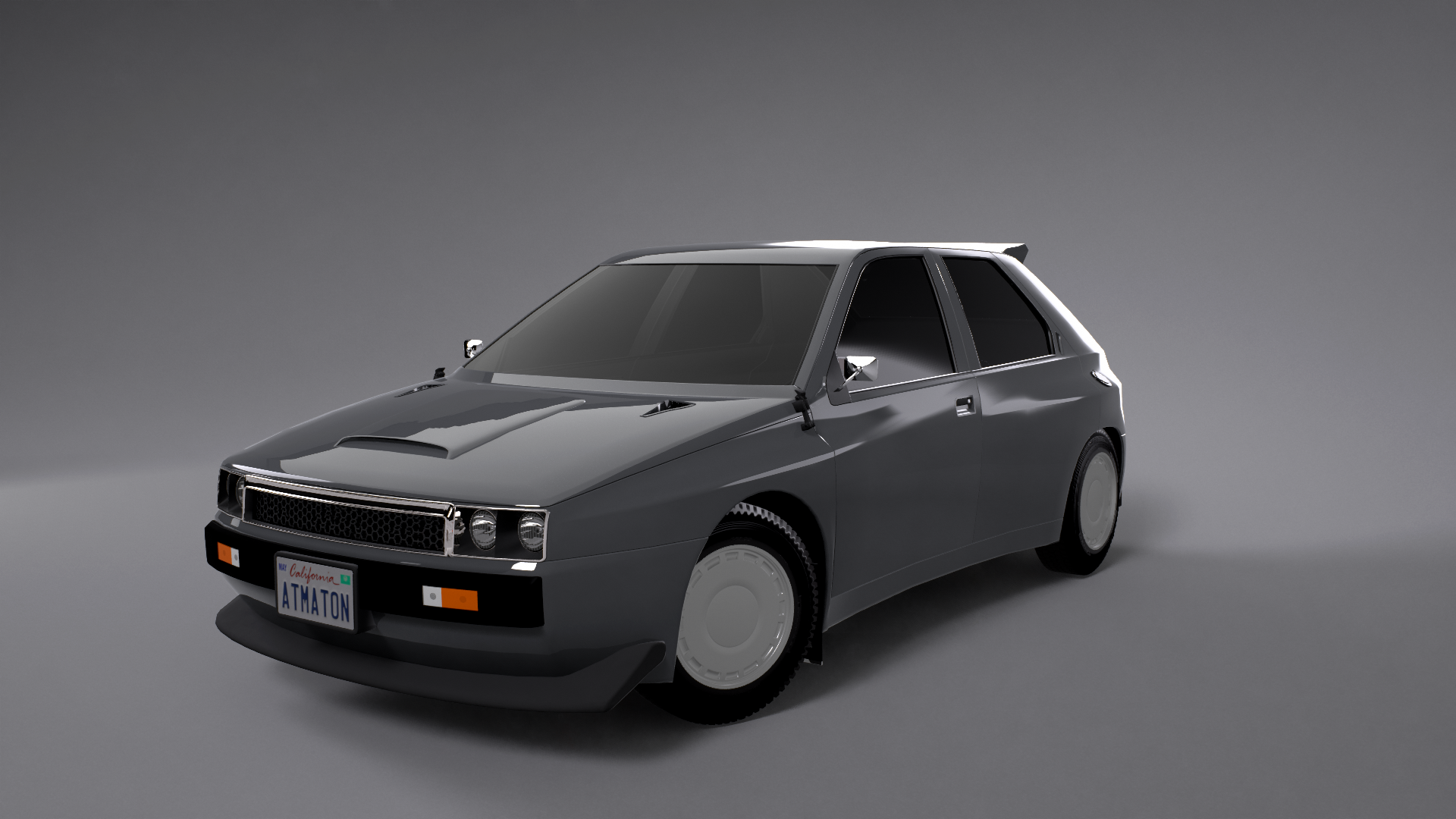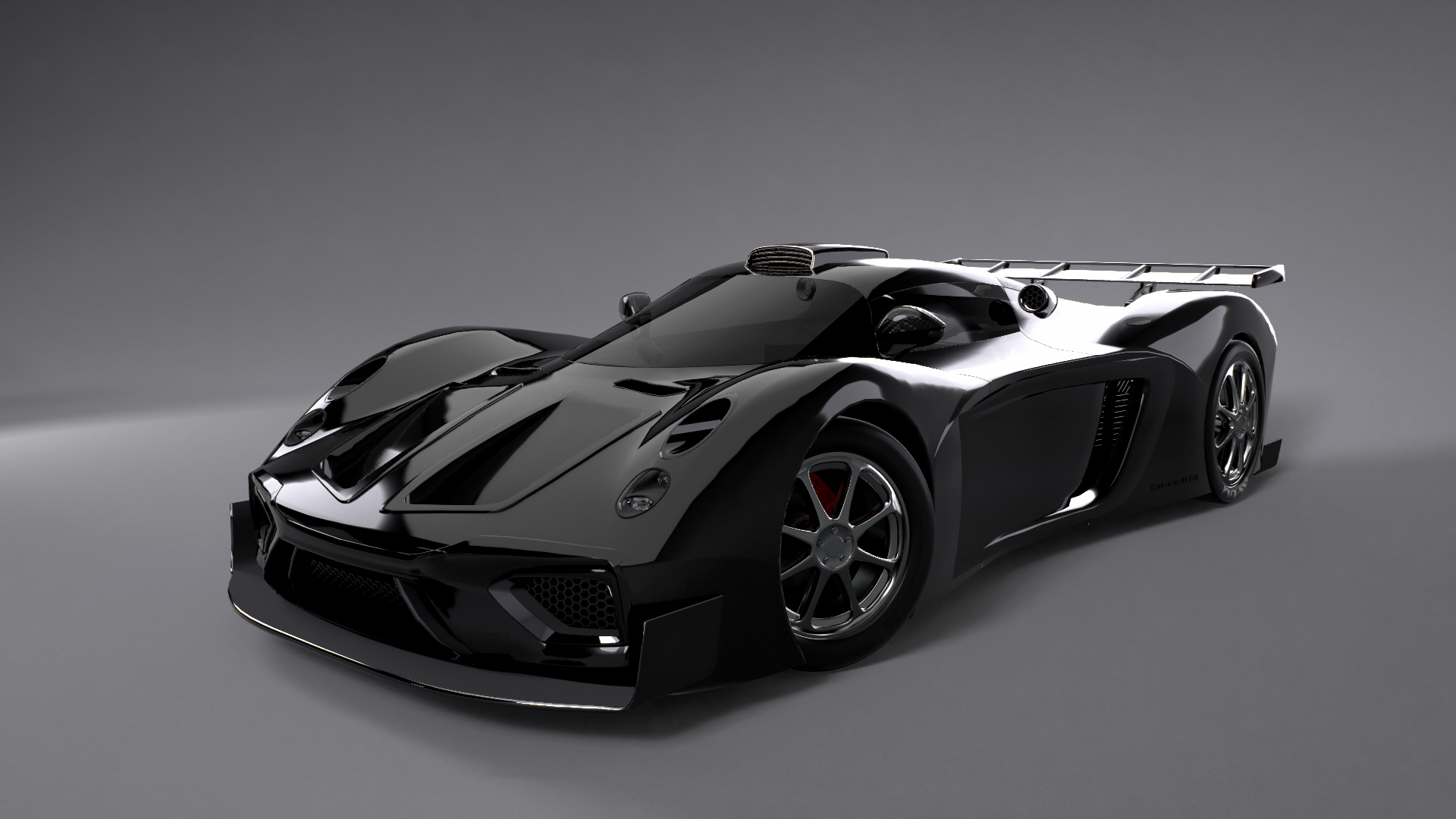The New Year’s festivities have thrown me through a daze. Sleeping through sunrise, and waking at dusk; in the days following the first of January, the concept of “days” melted into obscurity, rendering my time a stream of unkempt sleep cycles. It was during sunrise, unbeknownst to me on the fourth day of this year when I found myself transfixed. Not with anything in particular, but an action. The action of reaching to my side, retrieving my phone, and turning it on. I found it more than perplexing how such simple of an action could infect the slow, thoughtful pace of that leisurely morning. Every glance, every activation of the device powering a small shift in my mind, one nearly imperceptible to those not lending it a second thought.
It was here that I felt something emerge deep inside, welling up, wrapping itself around my thoughts, and burning through my trunk. Hunger. However, amidst the throes I am all too familiar with in requiting my hunger, I elected to leave my phone behind, to see if I was capable of staving off that habitual urge. And upon this, for nearly the first time, I found myself enjoying the experience of cooking. No more was preparing a meal a dreadful sprint to a lackluster conclusion, but rather a joy, an adventure. The aroma consumed me, and I began to notice even the smallest changes in my medium. The rate at which bubbles would emerge from the simmering pot, the slow expansion of the yellowed Cavatappi deep below the water’s surface. And most of all, the aroma. Without my attachment to the distilled stimulation available through my device, I was allowed the space in my mind to immerse myself in the aromas of the kitchen.
Aromas. Tea. There was little in the way of drinks available at this hour on this day, and through my inquiry, I stumbled upon the array of teas stored in our pantry door. Teas I had never before given much thought to. Why would I? Tea is subtle and innocuous. Why would I, someone so engulfed in the search for more, the hunger for knowledge, waste my precious time brewing water for a drink with little to nothing to offer me beyond a light aroma of dirt? However, with few options aside, I submitted and retrieved a box for my use. Chamomile, with honey. I used far too much water for a single teabag; I was uneducated. Nonetheless, I watched as the fervent water brought forth color from the bag of leaves. As a front of dark, infused water migrated slowly throughout the cup, becoming turbulent, before dispersing, diluting color into the brew.
After what felt like an eternity, I returned to the lounge and checked the time. Usually, cooking while perusing the internet on my phone necessitates no less than fifteen or twenty minutes, and after what felt like an assuredly longer time, I dreaded to see what hour it had become in my absence. 8:23. Eleven minutes. As steam continued to unfurl itself from the dishes in front of me, this concept began to set in. Had time slowed down? Why had I been able to experience so much, to think to such a complex degree, in such a short time? As I began to sip from the cup before me, my ideas took shape.
Time, Tea. Tea is complex. It is bitter at times, and sweet at times. There are nearly millions of teas available in the world. However, many see tea as boring. Water and a less-than flavor. Not as strong as the drinks you find in stores, and not as sweet as what you will find at a cafe. More or less, much of the new world has left tea behind. Yes, there are incarnations of tea that you may find at a Taiwanese store most prominently in California. However, there is a distinction to be found in the degree of sweetener added. The world does not want you to have tea. And many of us have become too accustomed to this reality to see any allure in tea. However, in tea, there is to be found a complexity far more fulfilling and lasting than the sum of all popularized drinks. Setting aside the stimulatory, the powerful, and saccharine flavors of the drinks that we are used to, it is possible to truly see the beauty in something like tea. Tea does not jump at you, but rather, it requires you to find flavor within it. To search through its waters, exploring every wisp of earth and plant and life. Tea is not quick. Tea requires patience. Tea requires focus and attention. And in tea can be found a rich variety of flavors. In tea is the life and will of all of which has given that plant life, and all of the personality which those leaves inhabited. I think I’m going to drink more tea.
Currently, my favorite is Assam, eight ounces brewed, with a spoon of cane sugar and fifty milliliters of milk.

